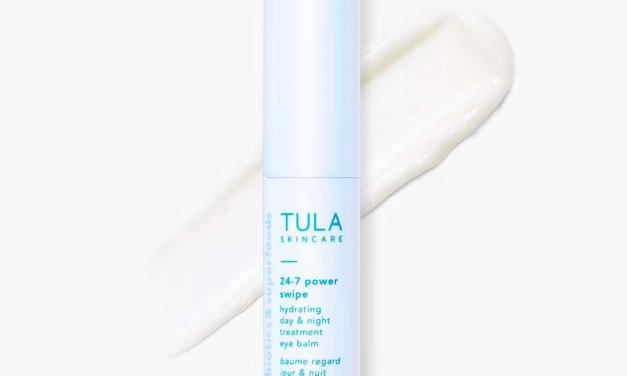Finding Happiness After 60: Following Your Bliss Is Just Doing What You Love

The phrase, “Follow your bliss,” was famously said by the author Joseph Campbell. It seems like one of those New Age truisms that we respond to with, “Sounds nice, but who can afford to do that? Rock stars? Celebrities? Very rich people?”
Really, bliss? A marvelous concept, but which seems light years away from our ordinary lives.
Achieve Your Goals to Find Happiness After 60
Research shows that when people enjoy what they are doing, they do more of it. And that’s all “bliss” really is. It is about doing what you love, doing what you enjoy.
Bliss is found in the smallest as well as in the greatest aspects of our lives.
A study done by K. Woolley and A. Fishbach, published in the Personality and Social Psychology Bulletin, examined the behavior of people who went to the gym because they thought it was good for them compared to the behavior of people who cared more about a fun workout.
Those who cared more about having fun while they worked out also recognized that a workout was good for them. However, they exercised longer than those who cared less about having fun.
Similarly, students who found the material they were studying interesting studied longer and better than those who did not. Among people who wanted to eat “healthy,” it was found that the people who focused more on eating healthy foods because they liked the taste, were more likely to stick with a “healthy” regimen.
Following your bliss works. When trying to reach any goal, it’s worth figuring out what you like to do, what you enjoy along the way.
Do What You Love
You couldn’t get me to jog or bicycle if you paid me. I don’t enjoy either activity, although I know perfectly well how good they are and that exercise is important. Instead, I take ballet classes twice a week.
What keeps me going, week after week, despite the challenges (and how much my body aches after class), is the incredible joy I get out of working through the positions, the steps, the routines. Ballet is my moving meditation, my therapy – my bliss!
What spells bliss is different for everyone. Gwen Gleeson, for example, an 86 years young Australian, loves to compete. Her specialty is pentathlons. This consists of a 100-meter sprint, shot put, long jump, javelin and 800-meter run all done in a limited, defined time.
Gwen could get the same physical benefit from pursuing these various sports on her own. But she says it is the camaraderie she enjoys with her fellow athletes that is important.
Her bliss lies in the friendships she forms through the competitions, which goes beyond the joy of maintaining her healthy physical vigor.
For Hu Limei, 76, a now retired executive chef at the famous Park Hotel in Shanghai, prepared dinners for 50 people three nights in a row as a guest chef for the “China Master Chef Banquet” at the Hilton Beijing Wangfujing, China.
Her bliss isn’t in the exceptional chef status she enjoys, it’s in – wait for it – the joy of seeing her patrons finish everything on their plate. Hu says that cooking makes her happy.
For her, nothing is more important than being happy. Hu totally nailed it.
Enjoy the Journey
It doesn’t matter what you want to accomplish. It could be fitness, healthier eating, volunteering, completing a work project, writing a romance novel or learning a language. Find a personal goal that you enjoy and let that be your focus.
Let your “bliss” be what pulls you forward towards achievement. The journey itself will become every bit as enjoyable as the day you say, “Done! Yay!”
Let’s Have a Conversation:
What goal did you have the most fun achieving? What are the goals in your life that you may have trouble “blissfully” reaching? What are some of the unique ways you find bliss in your life?
Read More











